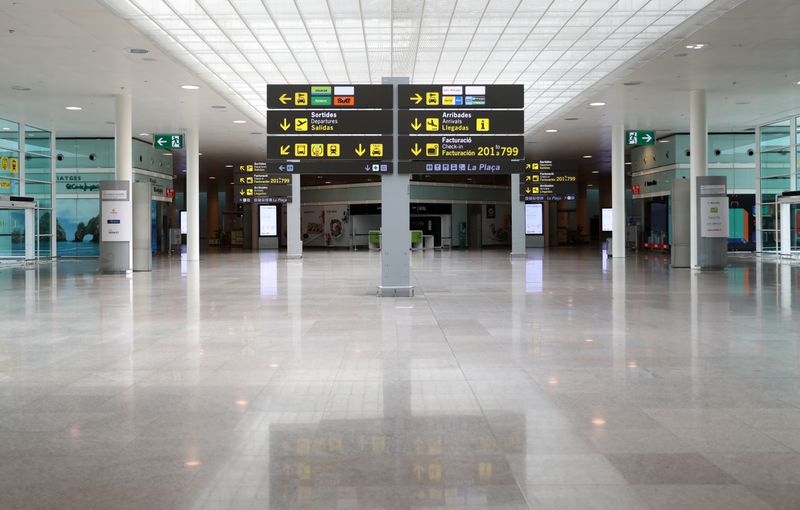MADRID (Reuters) – Preliminary results from a nationwide coronavirus antibody study showed on Wednesday that about 5% of the overall Spanish population had contracted the novel virus – about 10 times more than the tally of diagnosed cases suggests.
The results point to 2.3 million of Spain’s 45 million population being affected by the virus, if without symptoms in many cases, considerably more than the official count of under 230,000 cases.
Still, the results, which showed a higher prevalence in the central regions of Spain, validated the government’s strategy of phasing out one of Europe’s toughest lockdowns based on the health data of each region, Health Minister Salvador Illa told a news briefing.
“We have not been surprised” by the results, Illa said. “There is no herd immunity in Spain.”
The study, carried out by the Carlos III Health Institute and the National Statistics Institute, began on April 27. It tested some 60,000 people for the presence of antibodies generated to fight off the coronavirus.
Madrid, one of the worst-affected regions, showed a prevalence of 11.3%. Soria and Cuenca, in the central regions of Castilla y Leon and Castilla La Mancha, are the provinces with the highest prevalence, with 14.2% and 13.5% respectively.
The overall death toll from the disease rose to 27,104 on Wednesday, while the number of diagnosed cases rose to 228,691 from 228,030 the prior day.
Just over half of Spain’s population progressed to the second phase of a four-step lockdown-easing plan on Monday after the government decided the regions they lived in met the necessary criteria.
But Madrid, Barcelona and other cities including Valencia, Malaga and Granada remained in the preparatory Phase 0.
Catalan regional authorities said on Wednesday they would propose to the central government that three health areas enter a more relaxed lockdown on May 18, but for Barcelona and its surrounding areas, which are more densely populated, to lag behind.
BORDERS CLOSED
Spanish authorities are planning to keep borders closed to most travellers from abroad until July, two foreign ministry sources said on Wednesday, in a move to try and avoid a second wave of contagion from the coronavirus.
Land borders with France and Portugal have been closed since a state of emergency was declared in mid-March to fight the pandemic, pushing the economy to a near stand-still and hitting its tourism sector hard.
Spain has also imposed a two-week quarantine for foreign travellers and practically shut the border to air and maritime travel to avoid importing new cases from other countries.
“When we reach the new normal we can start opening borders with Schengen countries, we are talking about opening to these countries in early July,” one of the sources said.
To prevent triggering a new wave of infections being imported by travellers from abroad, the government is studying ways of controlling who can enter the country.
“The two models proposed are either sanitary corridors or medical-testing requirements,” the source said, adding that part of the holiday season could still be saved by tourists from Schengen countries. “This is the debate we are holding with other European countries.”
Spain’s tourism industry draws some 80 million annual visitors and accounts for around 12% of gross domestic product in the world’s second most-visited country.
(Reporting by Belén Carreño; Writing by Nathan Allen and Jessica Jones; Editing by Andrei Khalip and Bernadette Baum)




















